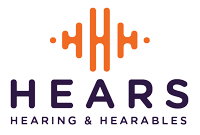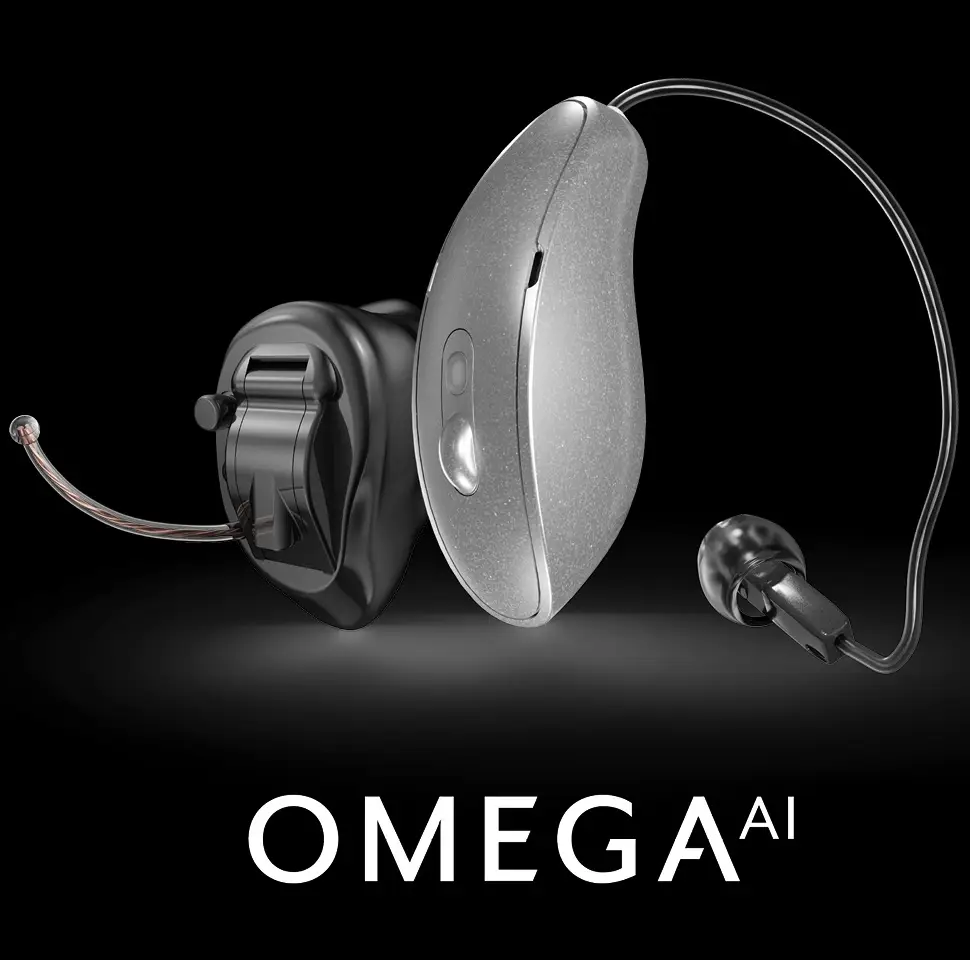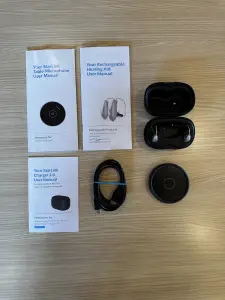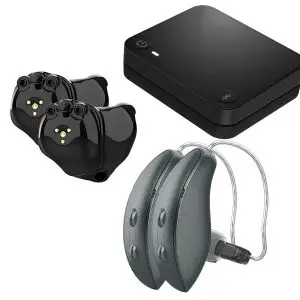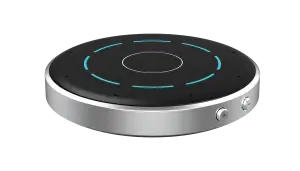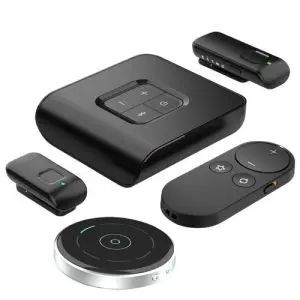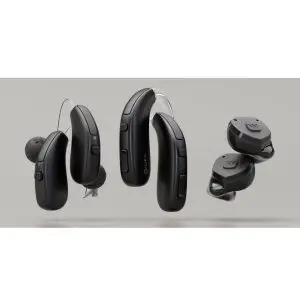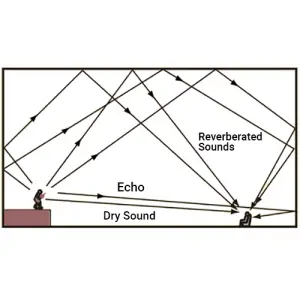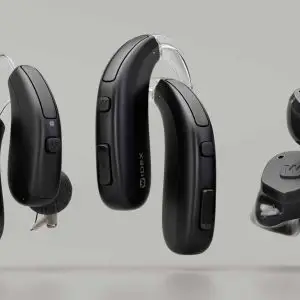Starkey has introduced its latest hearing-aid platform, Omega AI. They are calling it a thoughtful evolution of their technology, not just another product refresh. The focus this time is on intelligence, personalization, and design choice, all in an attempt to give wearers more natural hearing experiences and more flexible form factors.
What Omega AI Brings
The Omega AI platform represents Starkey’s most advanced integration of artificial intelligence so far. Rather than relying solely on amplification or preset programs, Omega AI uses continuous sound-scene analysis to automatically adjust to your surroundings.
At the center of this is DNN 360, Starkey’s deep-neural-network system designed for “exceptional hearing in every direction.”
Instead of simply focusing on sounds in front of you, DNN 360 works to preserve the natural balance of your surroundings, using voices, room acoustics, and environmental cues in an effort to create conversations that feel less processed and more spatially realistic.
Here are the most notable platform-level updates:
- Enhanced Edge Mode+:
- Building on previous “Edge Mode” technology, Omega AI refines how the device handles sudden changes in noise or speech levels. It now learns over time how you respond to adjustments and can anticipate preferred listening patterns.
- Neural Sound Processing:
- Using deep-learning models trained on diverse sound environments, Omega AI aims for clearer speech and a more natural sense of space. Conversations sound less “processed,” even in difficult noise.
- Improved Health and Connection Features:
- Starkey continues to integrate wellness tracking and smartphone connectivity. Omega AI devices can monitor activity and social engagement while maintaining easy pairing with Android and iOS.
- Smarter Directionality:
- The microphones now adapt more precisely to locate speech sources, maintaining awareness of surrounding sounds rather than over-isolating speech.
- With DNN360 Omega AI “provides up to an 8 dB signal-to-noise improvement for spatial awareness and a 28% boost in speech intelligibility compared with earlier technology”
Omega AI Models and Differences
Based on Starkey’s current overview Omega AI Overview.launchoverview, here’s a more accurate summary of the product family:
| Model | Style | Water / Durability | Directionality | Key Features |
|---|---|---|---|---|
| mRIC R | Micro RIC Rechargeable | Pro10 (enhanced sealing) | DNN 360 | Auracast™ compatible, indicator light, rechargeable Li-ion |
| RIC RT | RIC Rechargeable + Telecoil | Pro10 | DNN 360 | Telecoil, Auracast™ compatible, indicator light, rechargeable Li-ion |
| RIC 312 | RIC Battery 312 | IP68 rating | DNN 360 | Traditional 312 batteries, no indicator light |
| CIC | Completely-in-Canal | IP68 rating | Adaptive | Discreet fit, core Omega AI sound engine |
| ITC R | In-the-Canal Rechargeable | Pro8 | Adaptive | Custom fit, Bluetooth connectivity |
| ITE R | In-the-Ear Rechargeable | Pro8 | Adaptive | Custom fit, hands-free calls, rechargeable |
Omega AI devices come in multiple performance technology levels: 24, 20, and 16. Each offering the same core processing engine but different levels of adaptive sophistication and personalization. Only the Premium (24) technology offers the DNN360 benefit
What It Means for Everyday Listeners
The main takeaway for most wearers is adaptability. Omega AI learns from your surroundings and habits, fine-tuning itself over time. It’s designed to minimize the need for manual adjustments while still giving you control when you want it.
For users upgrading from Genesis AI or Edge AI, the benefits you’ll likely notice include:
- Faster, smoother transitions between environments
- Clearer conversation in noise without “over-zooming”
- More natural ambient balance
- Stronger wireless stability and charging efficiency
A Broader Trend: Smarter Hearing Across the Industry
Starkey isn’t alone in this direction. Across all major hearing-aid brands we’re seeing a move toward AI-driven, self-learning systems.
Each manufacturer has its own terminology, but the goal is the same: to create devices that sense, predict, and adapt on their own rather than relying on the wearer to switch programs or modes. These systems use data from motion sensors, sound environments, and listening preferences to shape a more natural experience automatically.
Ultimately, the only way to know which approach works best for your hearing and lifestyle is to try different brands in real-world settings. While AI may drive the innovation, the experience remains deeply personal, and that’s where professional fitting and a demo process really matter.
Final Thoughts
The Starkey Omega AI line shows where hearing technology is heading: toward seamless, self-adjusting devices that blend intelligence with simplicity. It’s less about adding new buttons or apps and more about attempting to quietly do the hard work for the listener.
